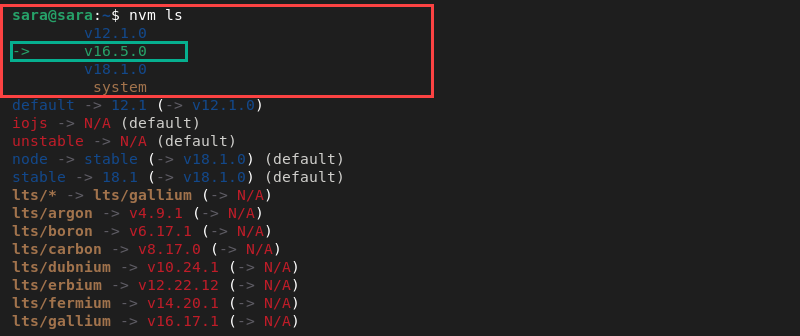

Also, executing nvm alone or nvm help will display a comprehensive list of all the commands along with a brief description. Below is an illustrated example of what it does:Īgain, everything written here is also clearly explained by Creationix in the Readme from the NVM repo ( ).

nvm current will display the version of Node.js or io.js being used in your system. Execute the command nvm use version_number or nvm use name_of_alias to start using any version instantly.Īfter executing the nvm use, you also want to make sure that you’re using the right version. However, after doing all those steps, we get to the point where we want to be able to switch easily between the different versions of our platforms. Now you can start using Node.js and io.js. To delete an alias, type nvm unalias name_of_alias. You can even go further and create your own aliases for any version. Nvm alias default stable will set the stable (0.10.36 in our previous example) version as the default version for Node.js. To create an alias or symply modify an existing alias, symply use :įor example nvm alias stable 0.10.36 will set stable as the Node.js 0.10.36 version. If you want to check how many versions are available for install in the remote repository, type nvm ls-remote. In the expample above, you have, first, all the versions (the green one being the version in use) followed by the different aliases for the specific versions.


 0 kommentar(er)
0 kommentar(er)
